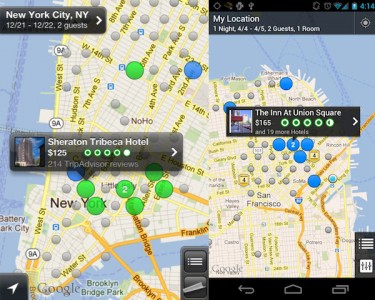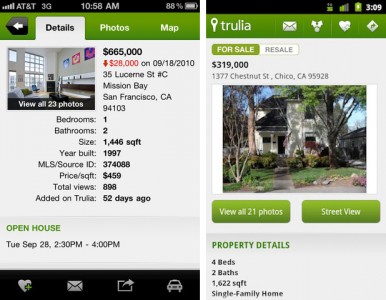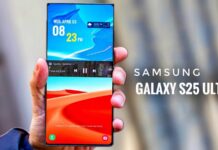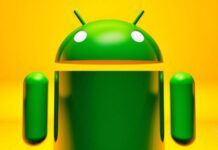If you have played at least once for more than 5 minutes with an Android terminal, then you have definitely noticed that the applications made for this platform are not as beautiful as those made for the iOS platform. Many people know this, even Google knows this, but behind an apparent difference in design there is a much bigger problem. It starts with the fragmentation that exists on the Android platform, continues with the Apple software designed to make applications with a beautiful design, and ends with the insufficiently well-thought-out documentation, which has put some Android OS application developers in difficulty.
First, there's fragmentation: When coding for iOS, developers deal with a very limited number of screen resolutions and hardware profiles. But when coding for Android, developers have to resolve a virtually limitless set of device parameters. "Android devices come in different shapes and sizes, different screen resolutions, different device speeds — and that's actually a huge hurdle," Karma app co-founder Lee Linden told Wired. "You need to be testing out something like 20 different phones with different resolutions and different processors, and that definitely makes development slower."
Those from Wired talked with a company that develops applications for iOS and Android OS, and its representatives explained that fragmentation is by far the biggest problem of the Google platform. If in iOS there are only a few resolutions and a few hardware profiles, in Android OS there are dozens of such aspects and the developers have to think of the applications for each one separately. I'm talking about a laborious work in which developers test applications on dozens of Android terminals and in the end not everyone who installs them has a pleasant experience because the images don't look good on every screen.
Design is built into Apple's DNA. Google's legacy, on the other hand, is search. So it's not too difficult to guess which platform places a higher premium on app UI and aesthetics — and which platform makes it easier to create beautiful software.
We leave fragmentation and move on to software, because Apple offers thoughtful applications to help develop others that not only work well, but look just as good. The images in this article show the difference as well as possible and those from Wired say that Apple has thought out its software in such a way that developers have at their disposal everything they need to design applications with a beautiful design and a intuitive interface. Although on the iOS platform developers do not have the same freedom as on the Android platform, iOS gives them the opportunity to make applications that look much better and are much more appreciated.
Developer tools and documentation are also less robust in the Android space. While Apple has had 20 years to perfect the art of developer support — refining its approach to SDKs and building well-defined human interface guidelines — Google is essentially starting from scratch with Android. The upshot is that iOS developers simply have more tools to implement intriguing, unique design. "It feels like you've got more documentation, both officially sanctioned and third-party, so that makes things smoother," Campos said of iOS development. And this isn't the case with Android.
Finally, we leave the documentation which, according to those who spoke with Wired, is much better explained and organized if we talk about the iOS platform. Those from Apple offer their developers the right APIs and the necessary explanations for their implementation, but in the case of those from Google, developers sometimes have to look for explanations to explanations themselves. Basically, Apple focused a little better on the support offered to developers, and from here we have a difference between the appearance of the applications for the two platforms.
Practically, Apple is currently winning the battle with Google in terms of the support offered to developers, but also in terms of fragmentation, but it remains to be seen how the situation will look in a few years.



















